

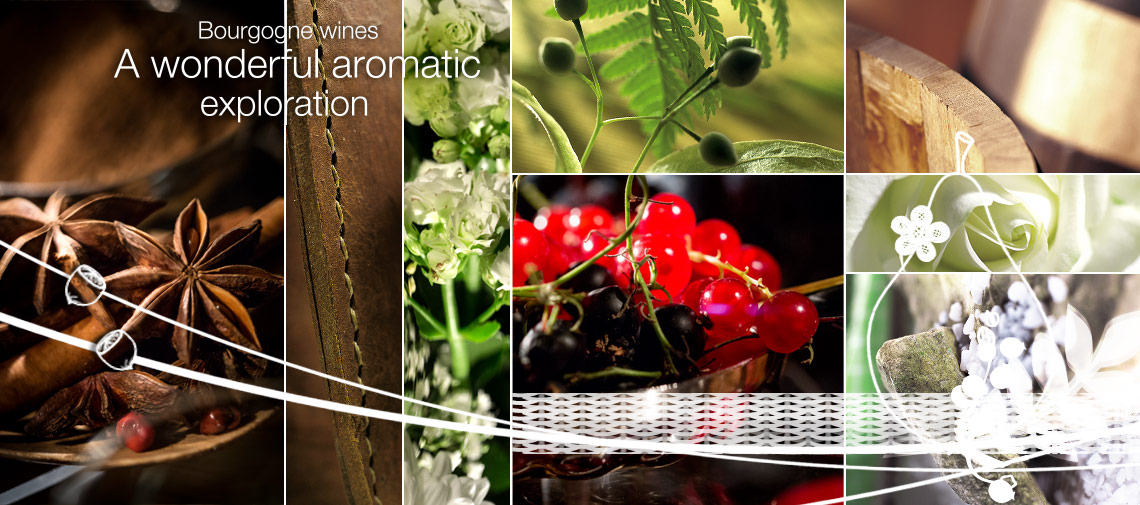
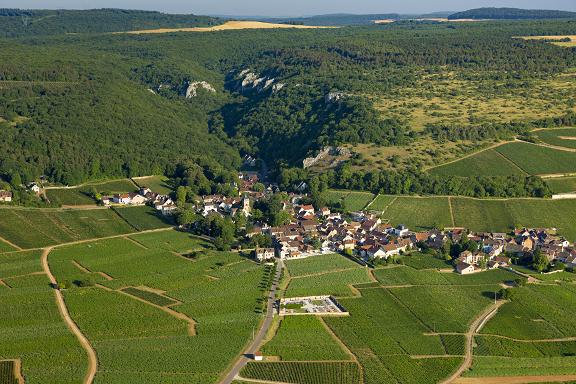
The Bourgogne winegrowing region stretches over more than 230
kilometers, from Auxerre to Mâcon.
Due to Mediterranean influences in the south, continental in the north,
and oceanic in the west, the region enjoys exceptional climatic
conditions that allow it to produce a wide diversity of wines, each
with their own unique identity.
Covering only 29,395 hectares, the Bourgogne vineyards produce some of
the world’s most prestigious wines, divided into six
sub-regions each with their own distinct characteristics:
Along with Champagne, Bordeaux, the Loire Valley and Rhone Valley, the Bourgogne region is one of France’s leading wine-producing areas.
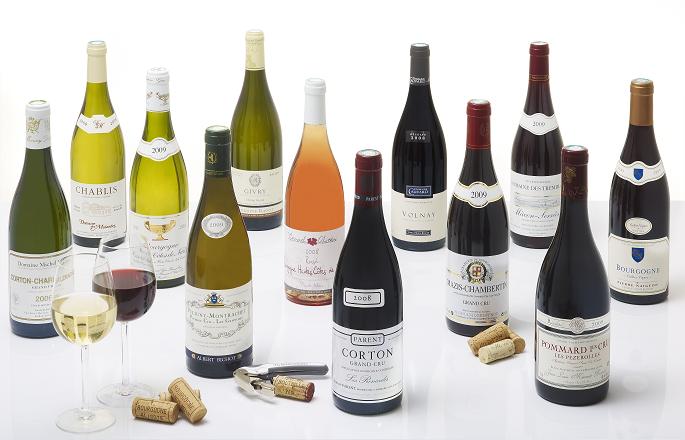
The Bourgogne wine region only accounts for 4% of national
wine production, but the region contains 22% of the AOCs in France,
making it one of the country’s leading regions.
The 84 appellations that comprise the Bourgogne region are divided into
four levels:
Bourgogne wines are mainly single-varietal, unlike the wines
from Bordeaux, for example, which are blends of different grapes. This
confers on them great purity of expression, placing strong emphasis on
the specifics of the land which produced them, or terroir.
The geographical position of the Bourgogne wine region makes it a
location of choice for the Pinot Noir varietal (for red wines) and
Chardonnay (for whites). These two grape varieties are indeed native to
the Bourgogne region.
Pinot Noir is a complex and fascinating varietal. Its delicate aromatic
expression and its elegance have played a major part in the reputation
of Bourgogne red wines around the world.
Chardonnay is an excellent interpreter of terroir. A direct descendent
of the Pinot Noir, the varietal used to produce all great white
Bourgogne wines offers a wide aromatic diversity and produces wines
with a remarkable balance between crispness and smoothness.
While the region is the worldwide benchmark for Chardonnay and Pinot
Noir, some Bourgogne wines are produced from other varietals, including
Gamay, Aligoté, César, and Sauvignon.
Whether red, white, rosé or the sparkling Crémant
de Bourgogne, from the appetizer to the dessert, the wines of Bourgogne
offer an infinite range of food and wine combinations. This diversity
allows you to find the perfect accompaniment to every dish from the
most traditional to the most refined, the simplest to the most exotic.
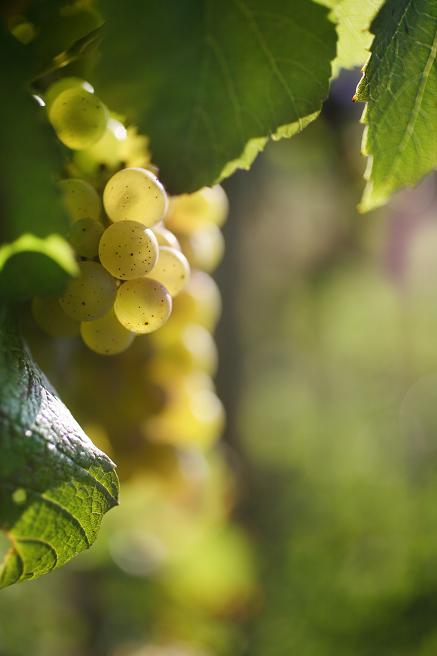
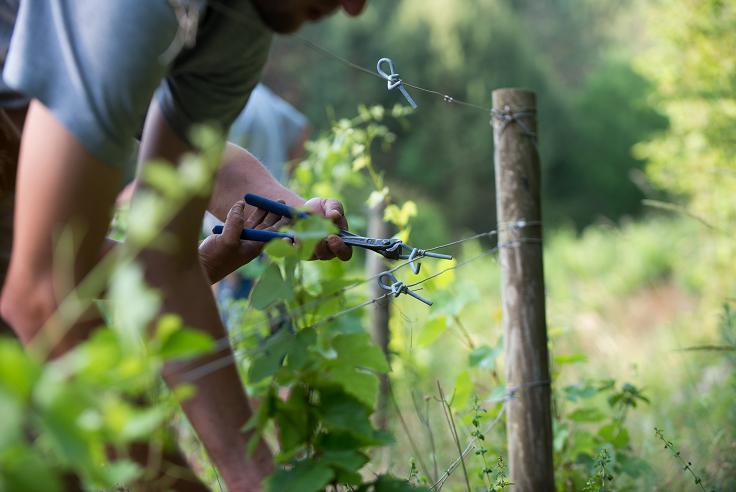
The history of Bourgogne wines has been one of continual
evolution over the past 2,000 years. From antiquity to the present day,
the region’s men and women have shaped the vineyards and
developed a unique savoir-faire.
This long path to excellence has been honored by the Climats system
used in the Bourgogne wine region being included on the UNESCO World
Heritage List on 4 July 2015. Climats are precisely delimited plots of
land, benefitting from specific geological and climatic conditions.
This system has given rise to a unique patchwork of vineyards that make
up the Bourgogne wine region.
Today, the region’s winemakers and négociants are
strongly attached to respecting this exceptional and universal
heritage, to pass it down to future generations.
Although the region only accounts for 0.6% of world wine
production, Bourgogne wines are exported to more than 170 countries.
Half of all Bourgogne wine sales are made to foreign markets.
The main export markets for Bourgogne wines are the United States, the
United Kingdom, Japan, Canada, and Belgium. Bourgogne wines are an
essential reference in each market, where they enjoy an excellent
reputation.
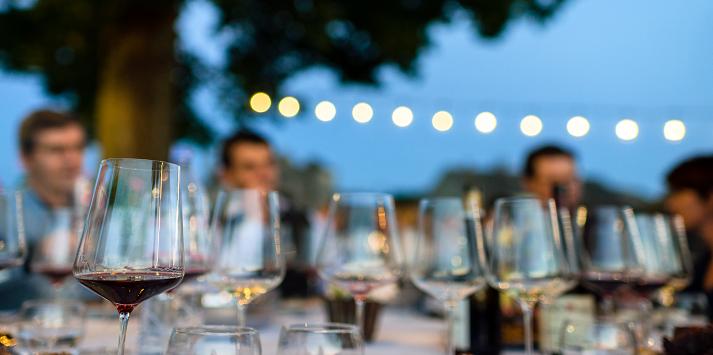
Only two hours from Paris at its northern extremity, and an
hour from Lyon from its southern tip, the Bourgogne wine region is
ideally located to welcome visitors.
Winemakers, merchants and cooperative wineries all reserve a warm
welcome in the best traditions of the region.
Two tourist labels offer a guarantee of some memorable moments on any
journey of discovery in the Bourgogne area. The De Vignes en Caves
label covers some 370 producers who will open their estates’
doors to you. The Vignobles & Découvertes label
covers more than 600 activities and services in the wine tourism sector
across the six Bourgogne wine sub-regions.
From traditional festivals and cellar visits to travelling the
“Route des Grands Vins”, numerous wine-related
activities await you in the Bourgogne region.